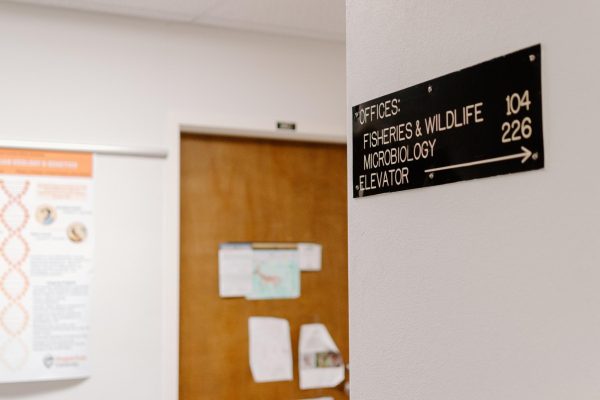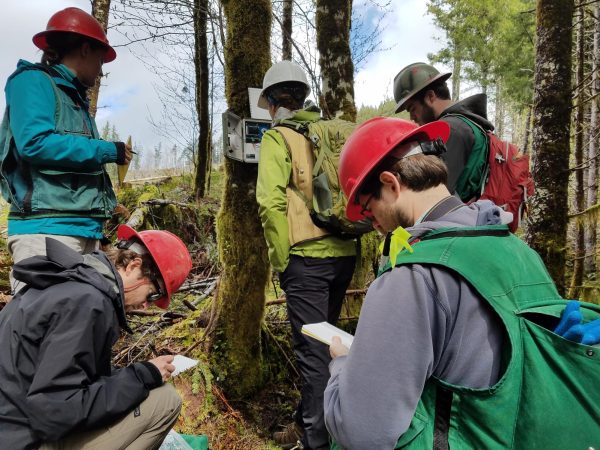City releases first greenhouse gas inventory to create concrete emission reduction plans in the future
November 20, 2020
The City of Corvallis released the 2018 Community Greenhouse Gas Inventory that contains detailed information about the associations between greenhouse gas emissions and human activity from that year.
The 2018 inventory has been in process of being developed for a year. Previously, the Corvallis Climate Action Plan was adopted in 2016 which outlined several actions and strategies that could be taken to lower community-wide greenhouse gas emissions. The CAP also discussed the inventory from 2012 and highlights the periodic updates necessary for it to determine the progress of our climate goals.
The CAP is aiming for a 75% reduction in greenhouse gas emissions from the initial output in 1990 to 2050. Currently, since 2012, Corvallis has only a 2.9% decrease per capita and about a 4.6% increase in total GHG emissions. Although, the size of Corvallis has increased by about 7.7% between 2012 and 2018.
“The report is meant to show our progress on climate goals and to be a resource for our community and policymakers in considering changes we can make to reduce emissions,” said Kathryn Duvall, economic development specialist for the city of Corvallis.
This plan will also benefit Corvallis residents by allowing them to now see how their greenhouse gas consumption rises or falls over time. The greenhouse gas inventory will also help to compare this city’s consumption to other communities. Parts of the inventory are based upon accurate and local data, such as natural gas and electricity.
“Other aspects一 food and consumption一 are based on nationwide averages and so, are not as locally accurate,” said Charlyn Ellis, Corvallis city councilor. “Either way, it does give us a big picture to work from.”
The information is beneficial for the community to have so that residents can better understand the impact they have on climate change while also having a fact-based understanding of the sources of their emissions.
Corvallis Mayor, Biff Traber, said that there are two things to note about the greenhouse gas inventory. The first is that the city has been producing a municipal inventory regularly over recent years, meaning that this report analyzes internal city operations and is more comprehensive than in recent years. Another is that the city plans to update the inventory every two years moving forward.
Duvall said that she is looking forward to the conversations that this report is already starting to generate and what comes out of them. Data is already being explored to get more precise, localized information on some categories that depend on estimates in the 2018 report.
The Climate Action Board will use the greenhouse gas inventory as a basis for focusing on which specific areas need emission reductions. Community members will also be assisted to make more educated choices that concern the environment.
“The primary benefit of these inventories is to provide a tracking mechanism for our progress on reaching the goals of reducing the city’s carbon footprint,” Traber said.
Although it took two years for the first inventory to be publicized, Traber noted that there will be a faster process for the inventory in the works so that the next one can be released in 2021.
























































































































